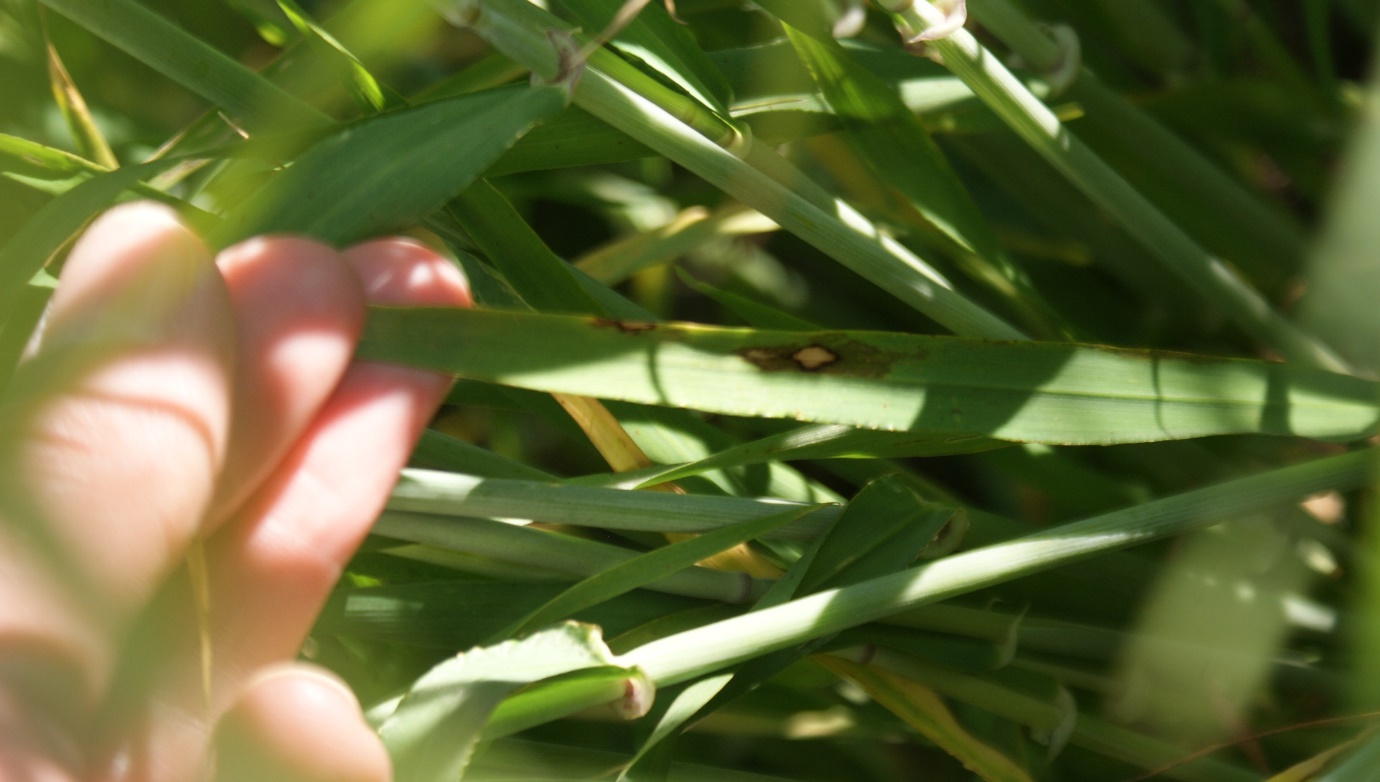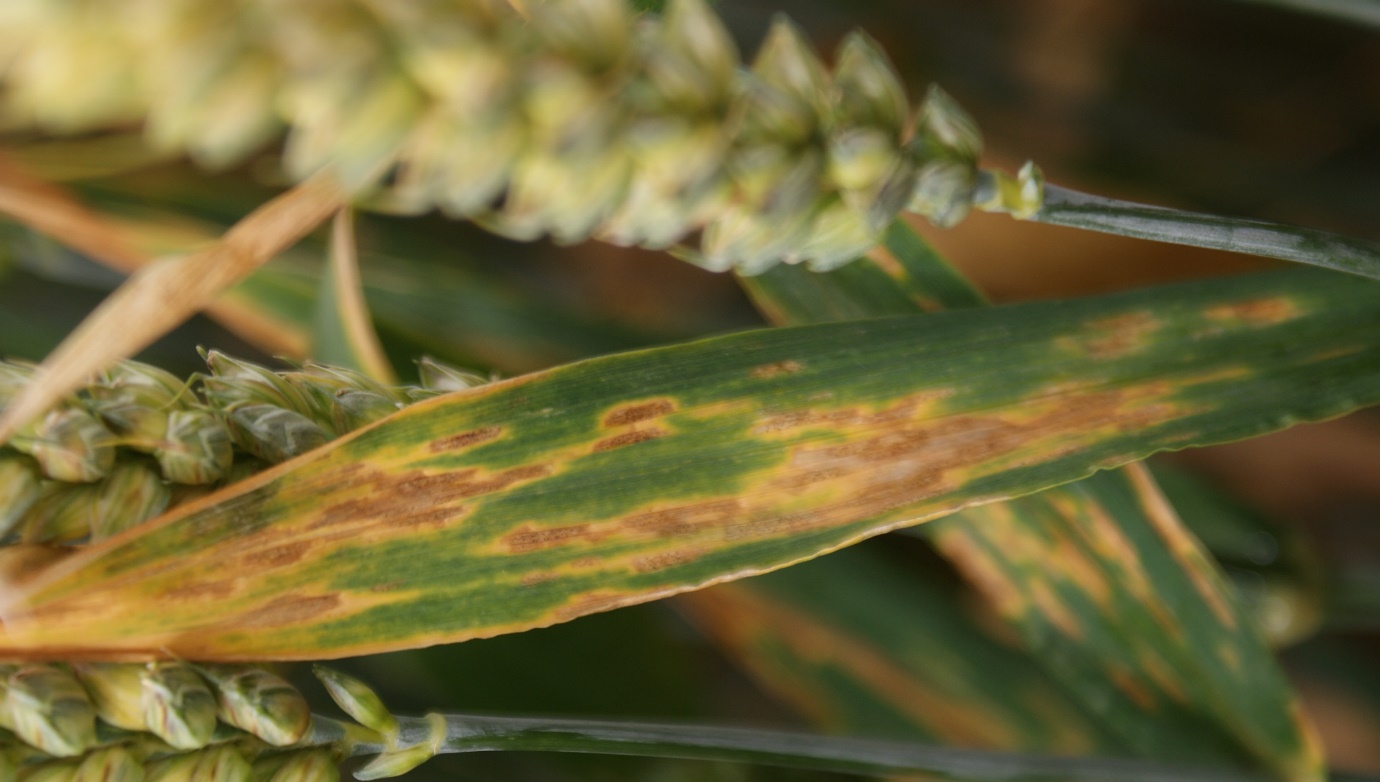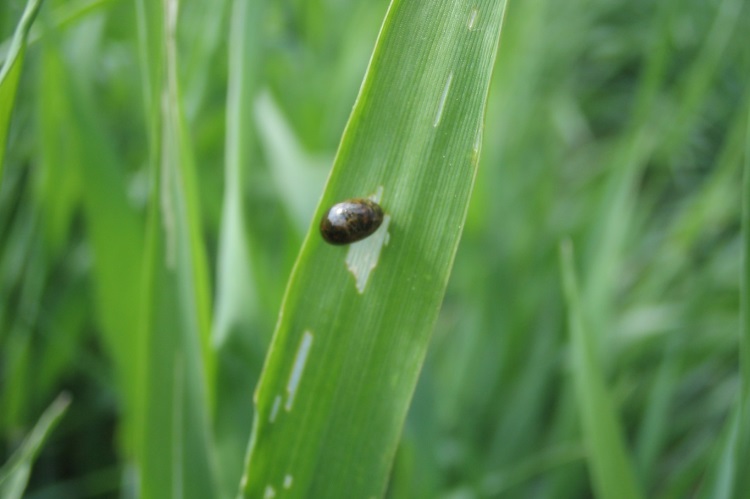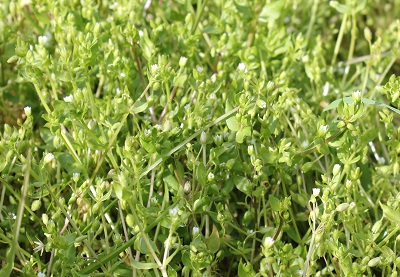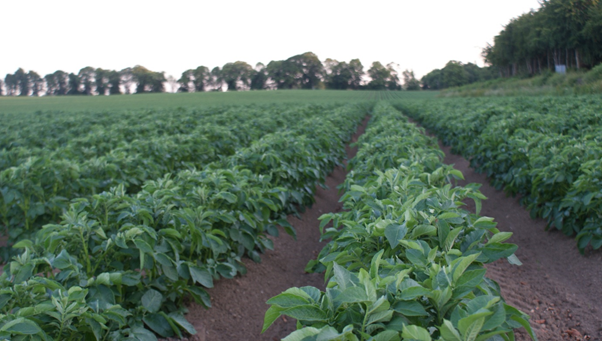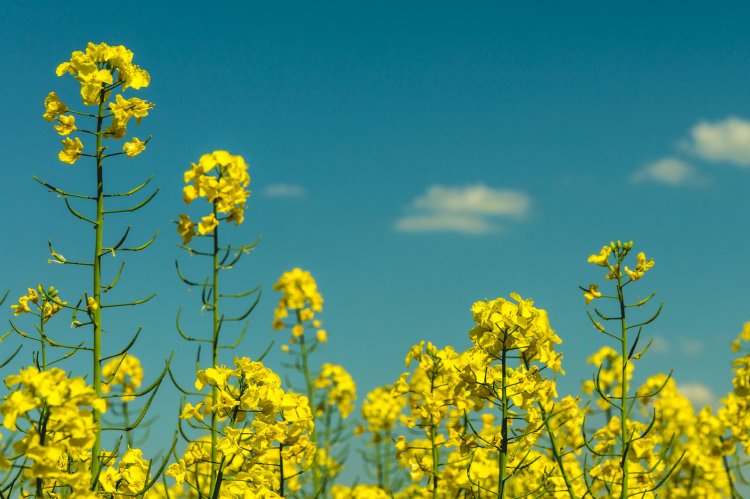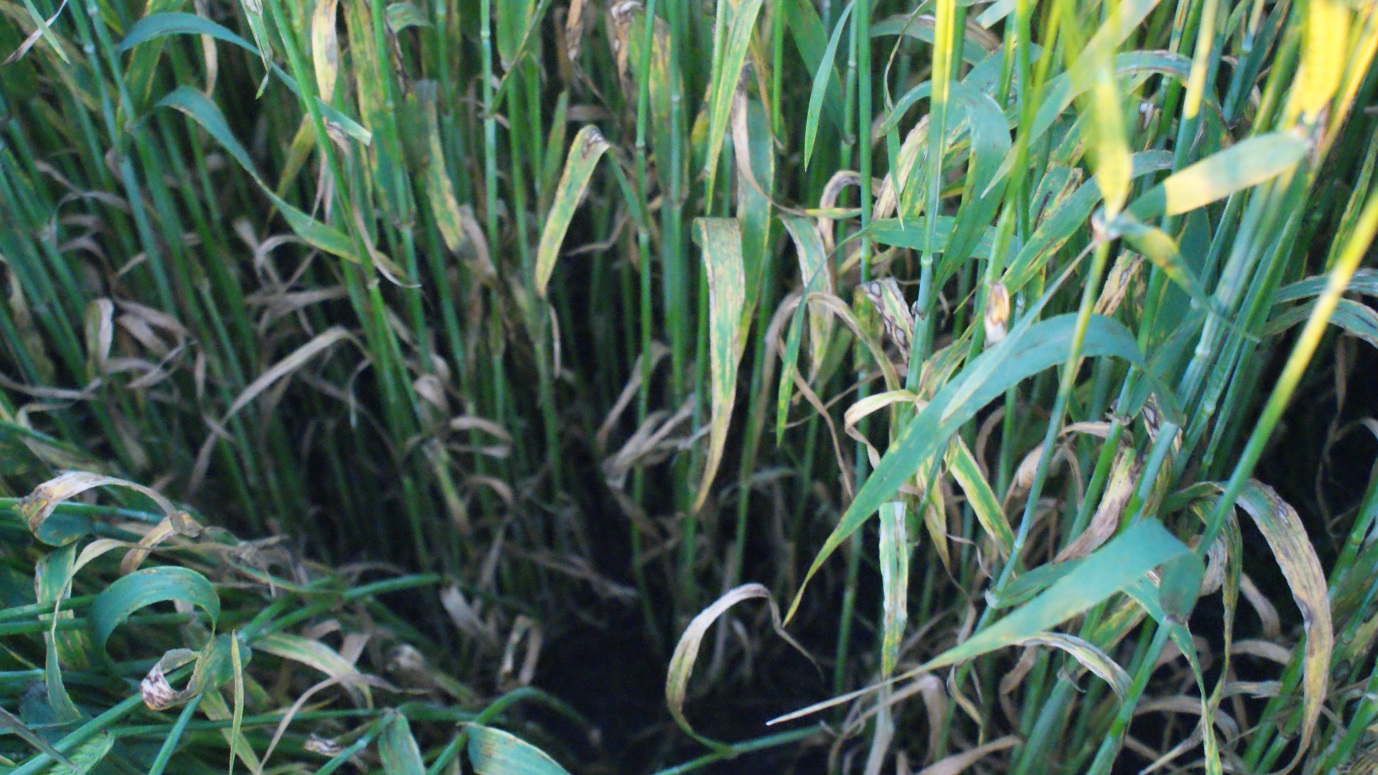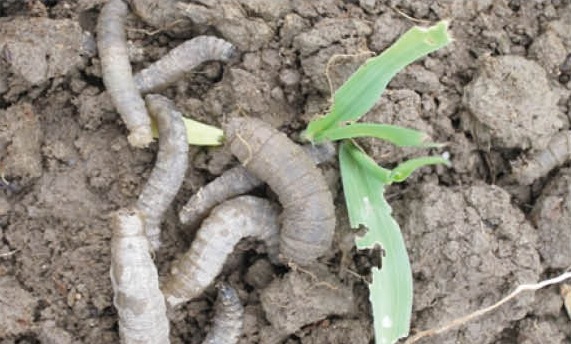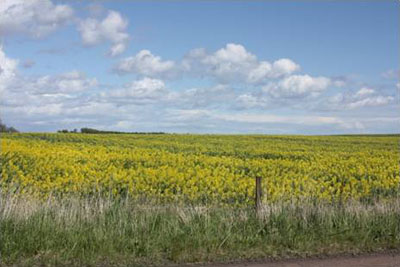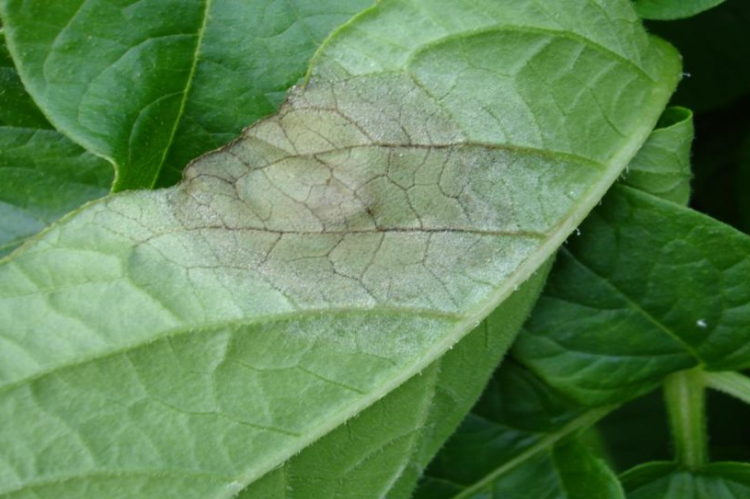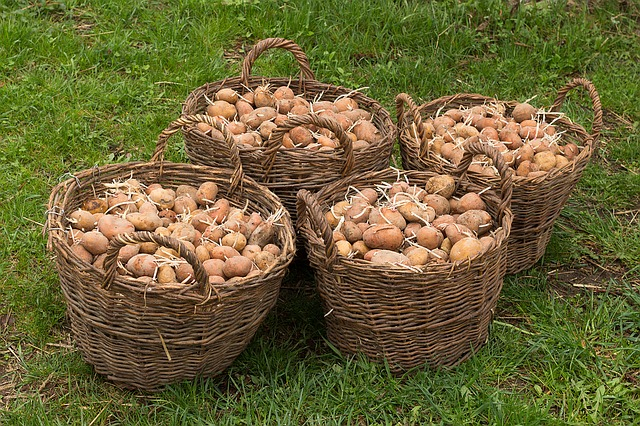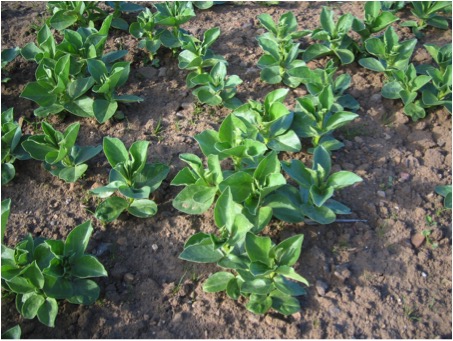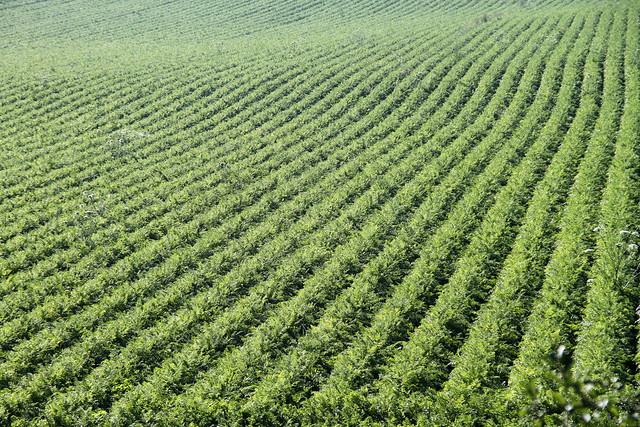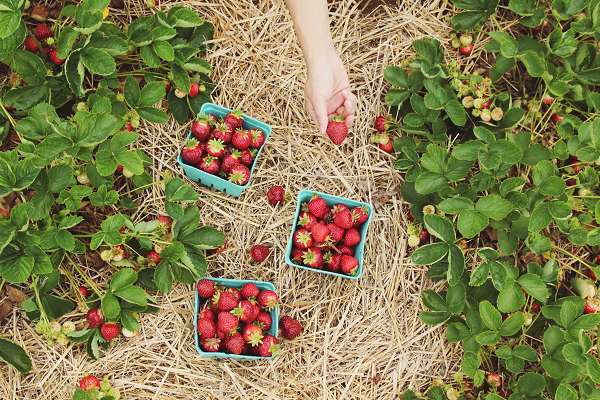Crop Health Updates - May 2019
General Comments
The weather always causes a bit of stress at this time of year and this month we are seeing stress spotting in barley and leaf tipping in wheat. This seems worse in some varieties than others and doesn’t relate to sprays or inputs – quite possibly it was cold winds and sudden movements in temperature that have been the issue.
Pest activity has started to become apparent, with some brave aphids flying around in mid-April during the warm spell. The return to cooler weather has grounded them for now, but growers should check crops for aphids and other pests that may have exploited the warmer weather. With a rise in seed potato virus levels last season, managing virus spread is paramount as there is a higher risk of virus infected plants in fields this season to act as a source of virus.
The warm spell and recent rain keeping most growers and crops happy. Unfortunately the recent weather has favoured pests and disease as well, so the first signs of ramularia are creeping into crops, and aphids have been flying around and bring virus threats with them in spring barley and seed potatoes. The gate is shutting for fungicide treatments on winter barley, but other cereals and spring-sown crops will need treatments over the next week or two.
Spring barley this year is coping with some stressful conditions – since brairding temperatures have rocked between summer highs of 20oC plus and single digit lows and some drying winds. There was heavy rain in some areas after drilling and now very dry conditions are common, particularly in the north east. Some stress spotting is evident on lower leaves – you can differentiate this from ramularia as it doesn’t go right through the leaf and isn’t bounded by the veins. There is no need to treat for ramularia this early in the season – it is more of a risk late season and early in crop growth it is particularly rhynchosporium which is the main concern. Read more here.
The importance of protecting the flag leaf in winter wheat
The increasing challenge of achieving effective disease control in winter wheat has been generating much discussion, with concerns about declines in product efficacy and product withdrawals layered on top of the perennial challenges of getting spray timings precise in variable seasons and tight weather windows. The importance of the flag leaf in generating yield in wheat is without dispute. Wheat is source limited which means yield is driven by the amount of energy the upper leaves can capture through to harvest. Read more here.
Pests in winter cereals
The warm spell in mid-April did lead to some flying cereal aphids being caught in Scottish suction traps, so it’s worth checking for aphids on leaves on warm sunny days, and consider an aphicide if aphid colonies can be found on 50% of plants. If you are seeing ladybirds or hoverflies in crops then hold off on any aphicides, as these specialist aphid predators will do a good job of mopping up aphids. Read more here.
Weed control in winter cereals
Most winter cereal crops are now past the growth stage where annual meadow-grass can be adequately controlled. Read more here.
Weed control in potato crops
Most weed control is based around conventional chemistry of a basic residual + contact combination. Products can be mixed and rates matched according to the weed spectrum. Read more here.
Disease control in winter cereals
This article focuses on disease risk and control in winter wheat, barley and oats. Read more here.
Pests in winter oilseed rape
With most crops now at early flowering, cabbage seed weevils are moving into crops, and numbers need to exceed 1 weevil every 2 plants throughout the crop (not just in the endriggs) during flowering to justify an insecticide treatment. Because of the issues regarding pollen beetle resistance to pyrethroid insecticides, only treat for seed weevil if the threshold has been exceeded, as unnecessary pyrethroid sprays will increase the risk of pollen beetle resistance to this insecticide group. Read more here.
Disease control in spring cereals
Focussing on spring barley and oats, this article discusses disease risks and control. Read more here.
Pest control in spring barley
Check or aphids on emerging shoots as they could be walking onto the crop from volunteers and grasses, and some aphids have already been flying around this spring. An aphicide should be considered if aphid colonies are found as they could be carrying barley yellow dwarf virus (BYDV) and potentially spreading it into the crop. Read more here.
Pest control in spring oilseed rape
Under dry conditions at crop emergence flea beetles will potentially be damaging the crop up to the 4 leaf stage. Under damper conditions slugs will be the issue. Read more here.
Managing potato blight
It’s very difficult at this stage of the season to accurately predict how bad overall 2019 will be for blight. Will it be similar to 2018 or will there be a large number of outbreaks? A key take-home message from recent years is that much more emphasis needs to be placed on managing the threat of fungicide insensitivity. Read more here.
Virus management in seed potatoes
Protecting seed crops from the various aphid-borne potato viruses is essential to maintain the quality of Scottish seed potatoes, particularly in light of the shrinking availability of aphicides for effective virus management. Read more here.
Pests in spring legumes & forage and vegetable brassicas
Spring sown crops should be checked for pea and bean weevil damage. The damage is very distinctive – notches eaten out of the sides of leaves. The predicted start of cabbage root fly egg laying this season is from early May onwards, so any uncovered crops will be at risk of egg laying by this pest. Read more here.
Pests in carrots & parsnips
Carrot flies are forecast to begin laying eggs in crops from early May. Read more here.
Pests in soft fruits
Pests are beginning to appear on strawberries. Aphids have already been seen on strawberries outdoors and in polytunnels. Read more here.
Sign up to the FAS newsletter
Receive updates on news, events and publications from Scotland’s Farm Advisory Service

